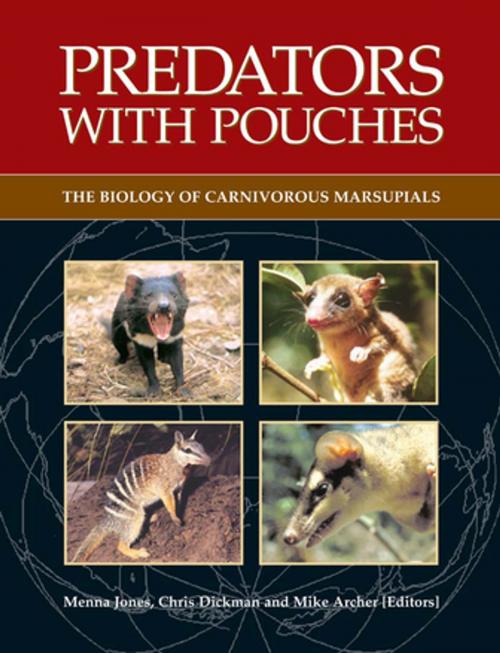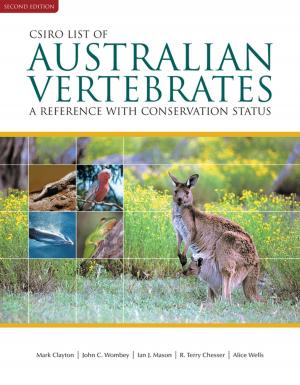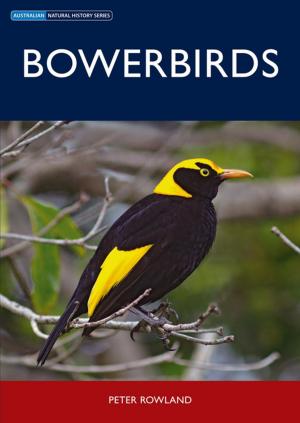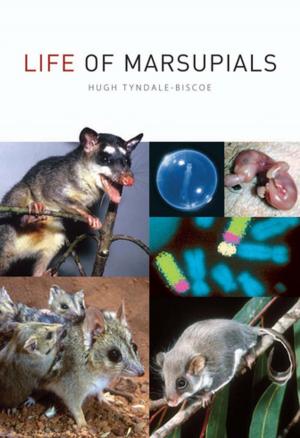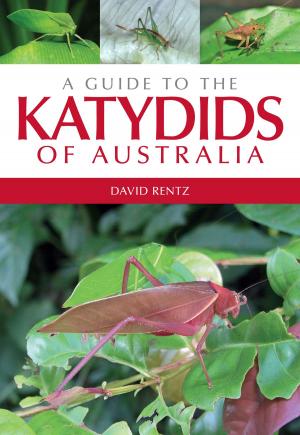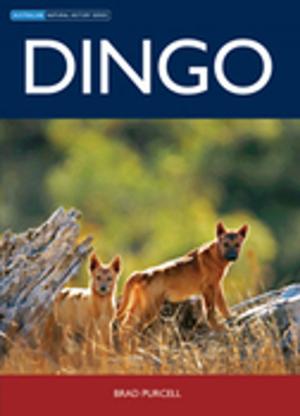Predators with Pouches
The Biology of Carnivorous Marsupials
Nonfiction, Science & Nature, Science, Biological Sciences, Zoology, Nature| Author: | Menna Jones, Mike Archer, Chris Dickman | ISBN: | 9780643099487 |
| Publisher: | CSIRO PUBLISHING | Publication: | April 30, 2003 |
| Imprint: | CSIRO PUBLISHING | Language: | English |
| Author: | Menna Jones, Mike Archer, Chris Dickman |
| ISBN: | 9780643099487 |
| Publisher: | CSIRO PUBLISHING |
| Publication: | April 30, 2003 |
| Imprint: | CSIRO PUBLISHING |
| Language: | English |
Predators with Pouches provides a unique synthesis of current knowledge of the world’s carnivorous marsupials—from Patagonia to New Guinea and North America to Tasmania. Written by 63 experts in each field, the book covers a comprehensive range of disciplines including evolution and systematics, reproductive biology, physiology, ecology, behaviour and conservation. Predators with Pouches reveals the relationships between the American didelphids and the Australian dasyurids, and explores the role of the marsupial fauna in the mammal community. It introduces the geologically oldest marsupials, from the Americas, and examines the fall from former diversity of the larger marsupial carnivores and their convergent evolution with placental forms. The book covers all aspects of carnivorous marsupials, including interesting features of life history, their unique reproduction, the physiological basis for early senescence in semelparous dasyurids, sex ratio variation and juvenile dispersal. It looks at gradients in nutrition—from omnivory to insectivory to carnivory—as well as distributional ecology, social structure and conservation dilemmas.
Predators with Pouches provides a unique synthesis of current knowledge of the world’s carnivorous marsupials—from Patagonia to New Guinea and North America to Tasmania. Written by 63 experts in each field, the book covers a comprehensive range of disciplines including evolution and systematics, reproductive biology, physiology, ecology, behaviour and conservation. Predators with Pouches reveals the relationships between the American didelphids and the Australian dasyurids, and explores the role of the marsupial fauna in the mammal community. It introduces the geologically oldest marsupials, from the Americas, and examines the fall from former diversity of the larger marsupial carnivores and their convergent evolution with placental forms. The book covers all aspects of carnivorous marsupials, including interesting features of life history, their unique reproduction, the physiological basis for early senescence in semelparous dasyurids, sex ratio variation and juvenile dispersal. It looks at gradients in nutrition—from omnivory to insectivory to carnivory—as well as distributional ecology, social structure and conservation dilemmas.
